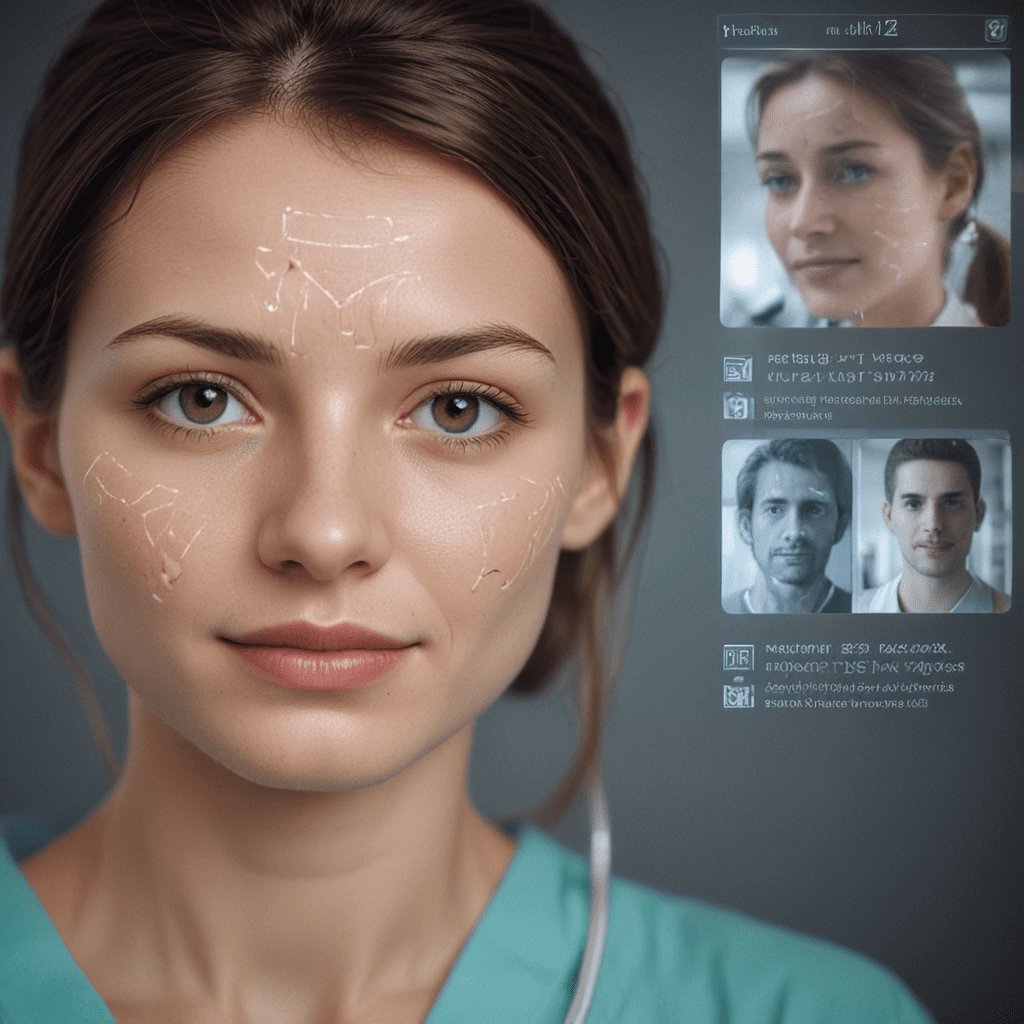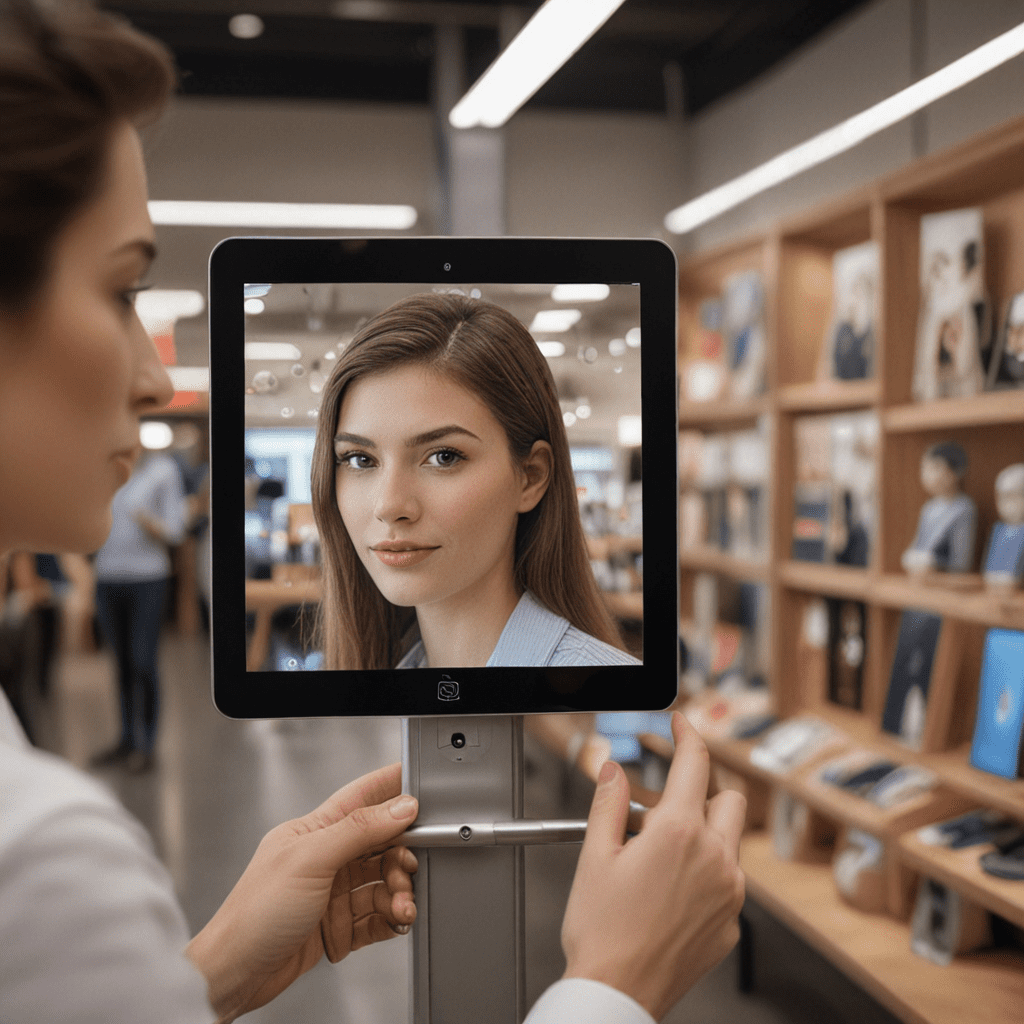
1. Introduction
Smart cities are rapidly evolving landscapes where technology plays a pivotal role in enhancing urban living. Facial recognition technology, in particular, has emerged as a powerful tool within smart city initiatives, offering a wide range of applications that contribute to improved safety, efficiency, and inclusivity.
2. Smart Cities and the Need for Facial Recognition
Smart cities face unique challenges due to their dense populations, complex infrastructure, and diverse demographics. Traditional security measures often fall short in addressing these challenges effectively. Facial recognition technology, with its ability to identify and track individuals, provides a solution that complements existing security systems and enhances their capabilities.
3. Enhancing Public Safety
Facial recognition technology is revolutionizing public safety by enabling real-time identification and tracking of individuals in public spaces. This advanced surveillance capability assists law enforcement agencies in preventing crimes, swiftly responding to emergencies, and apprehending suspects. Moreover, the use of facial recognition in access control systems strengthens security measures in sensitive areas, such as airports, government buildings, and restricted zones.
6. Enhancing Urban Management
Facial recognition technology also finds applications in enhancing urban management. By utilizing real-time facial recognition systems, city officials can efficiently monitor crowd patterns, identify and locate individuals within large gatherings, and provide targeted support during events and emergencies. Furthermore, integrated facial recognition systems can automate processes such as permit issuance, traffic control, and the management of public utilities, leading to increased efficiency and cost-effectiveness.
7. Optimizing Transportation Systems
In the transportation sector, facial recognition technology offers innovative solutions for streamlining operations and improving passenger experience. It can automate fare collection systems, facilitate seamless access to public transportation, and enhance security measures within transportation hubs. Additionally, facial recognition can expedite passport control at airports, reduce boarding times, and improve overall travel convenience.
8. Improving Infrastructure and Urban Planning
Facial recognition can contribute to infrastructure and urban planning initiatives. By analyzing movement patterns, city planners can optimize street designs, enhance pedestrian safety, and promote walkability. The technology also assists in evaluating public spaces, such as parks and plazas, to identify areas for improvement and revitalization.
9. Fostering Inclusivity and Accessibility
Facial recognition technology holds the potential to promote inclusivity and accessibility within smart cities. It can empower individuals with disabilities, such as the visually impaired, by providing assistive services and navigation aids. Moreover, it can facilitate accessible communication between residents and city services, enabling everyone to participate actively in urban life.
10. Ethical and Privacy Considerations
While facial recognition offers significant benefits, it raises ethical and privacy concerns. Responsible implementation is crucial to address these concerns and ensure public trust. Balancing the benefits of improved safety and efficiency with the privacy rights of individuals requires transparent regulations and ethical guidelines. Furthermore, ongoing research and development efforts are dedicated to mitigating bias, ensuring accuracy, and protecting against misuse.
FAQs on Facial Recognition in Smart Cities
Q: How does facial recognition technology work?
A: Facial recognition systems use advanced algorithms to analyze and identify unique facial features. These algorithms map facial contours, measure distances between key points, and compare them against a database of enrolled individuals.
Q: Is facial recognition technology accurate?
A: Facial recognition technology has made significant advancements in accuracy over the years. However, factors such as lighting conditions, facial expressions, and aging can affect its performance. Ongoing research and development aim to enhance accuracy and mitigate potential biases.
Q: Are there privacy concerns with facial recognition?
A: Privacy concerns arise from the potential misuse of facial recognition data. Responsible implementation involves transparent regulations, ethical guidelines, and robust data protection measures to prevent unauthorized access and ensure individuals' privacy rights are respected.


